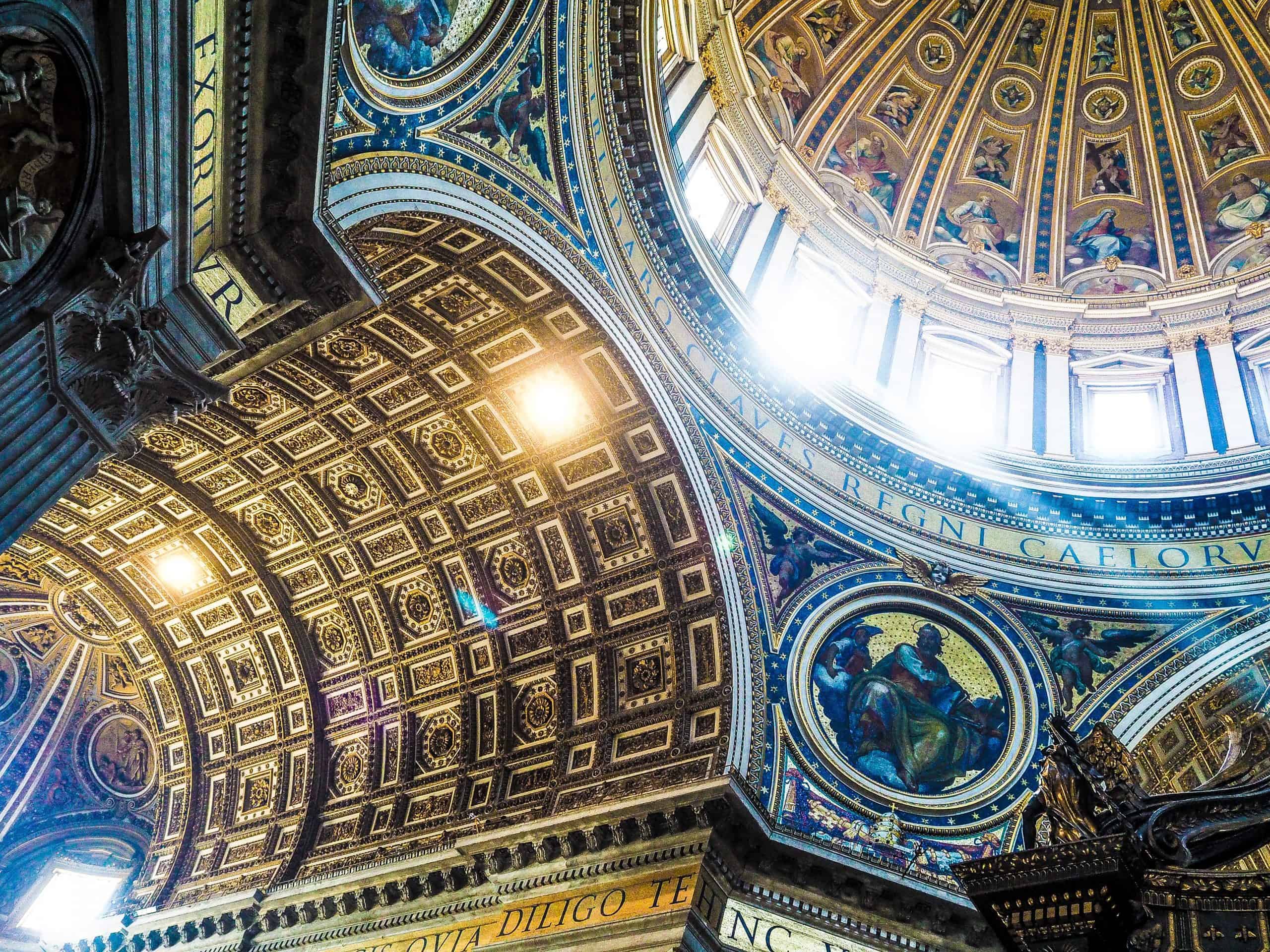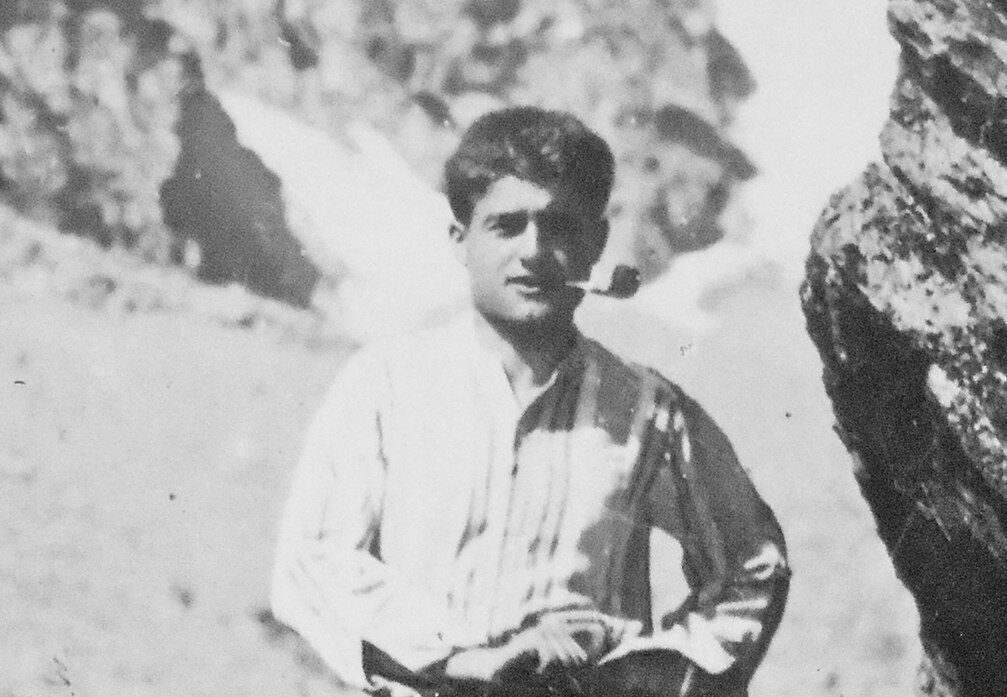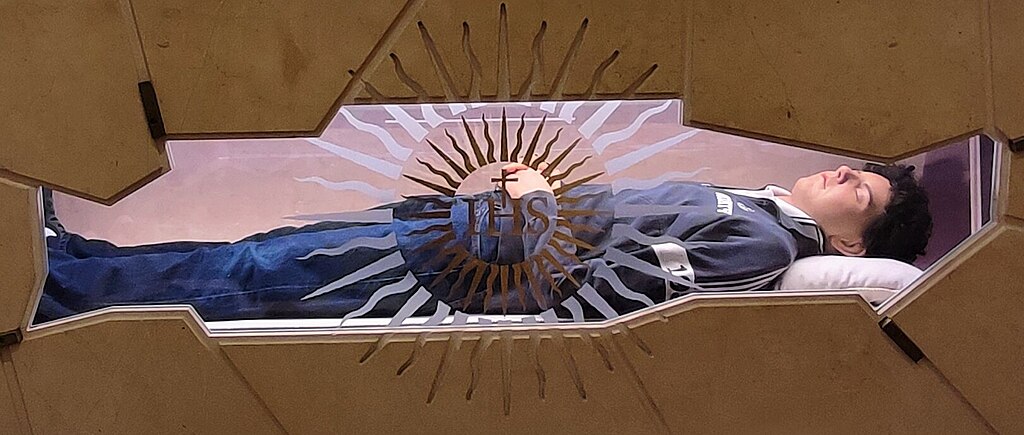This image is now venerated in the Basilica of Guadalupe, located in Mexico City, and is now one of the most popular pilgrimage sites in the world.
Here are 5 things you may not have known about Our Lady of Guadalupe.
1. Our Lady grew Roses in the Middle of Winter
When Mary appeared to Juan Diego, she stated that she wanted a church to be built on Tepayac Hill. When Juan Diego went to the Bishop to appeal for this, the Bishop said he wanted a sign before he would approve the construction of the church. Juan Diego went back to the hill, where he found dozens of roses growing out of the frozen ground. Mary instructed him to fill his cloak with roses and bring them back to the Bishop.
Once he was back before the bishop, he opened his cloak, letting the roses fall to the ground. Imprinted on his cloak was the image of the Virgin Mary.
2. The Virgin of Guadalupe is Pregnant
In the image, Mary is shown with a black ribbon around her waist. The Spanish expression for “pregnant” is encinta, literally meaning “adorned with ribbon.” A doctor examined the image, and found that Mary’s stomach was the exact dimensions of an expectant mother in the ninth month of pregnancy.
3. The image seems to be indestructible
The image preserved on Juan Diego’s cloak, called a tilma, has been preserved for centuries, without wearing down or fading. It has survived a couple incidents as well; in the 1700s a worker accidentally spilled an acidic solution on the tilma while cleaning the glass. While it should have been destroyed, the image self-restored itself within the next 30 days. 200 years later, in the 1900s, a bomb concealed in a pot of roses went off, damaged the altar, candlesticks, and a metal crucifix. But the glass case and the tilma inside were left completely unscathed.
4. The image is always at 98.6 °F.
No matter what the surrounding temperature is, the image always maintains the same temperature of 98.6 °F.
5. There’s life in the Virgin’s eyes
In 1929, Alfonso Marcue, the official photographer of the Basilica of Guadalupe, discovered an image of a man reflected in the right eye of the virgin. When ophthalmologists studied the eyes, he observed that there was a reflection of a human figure in both of her eyes, located where they would be in a living human eye.




